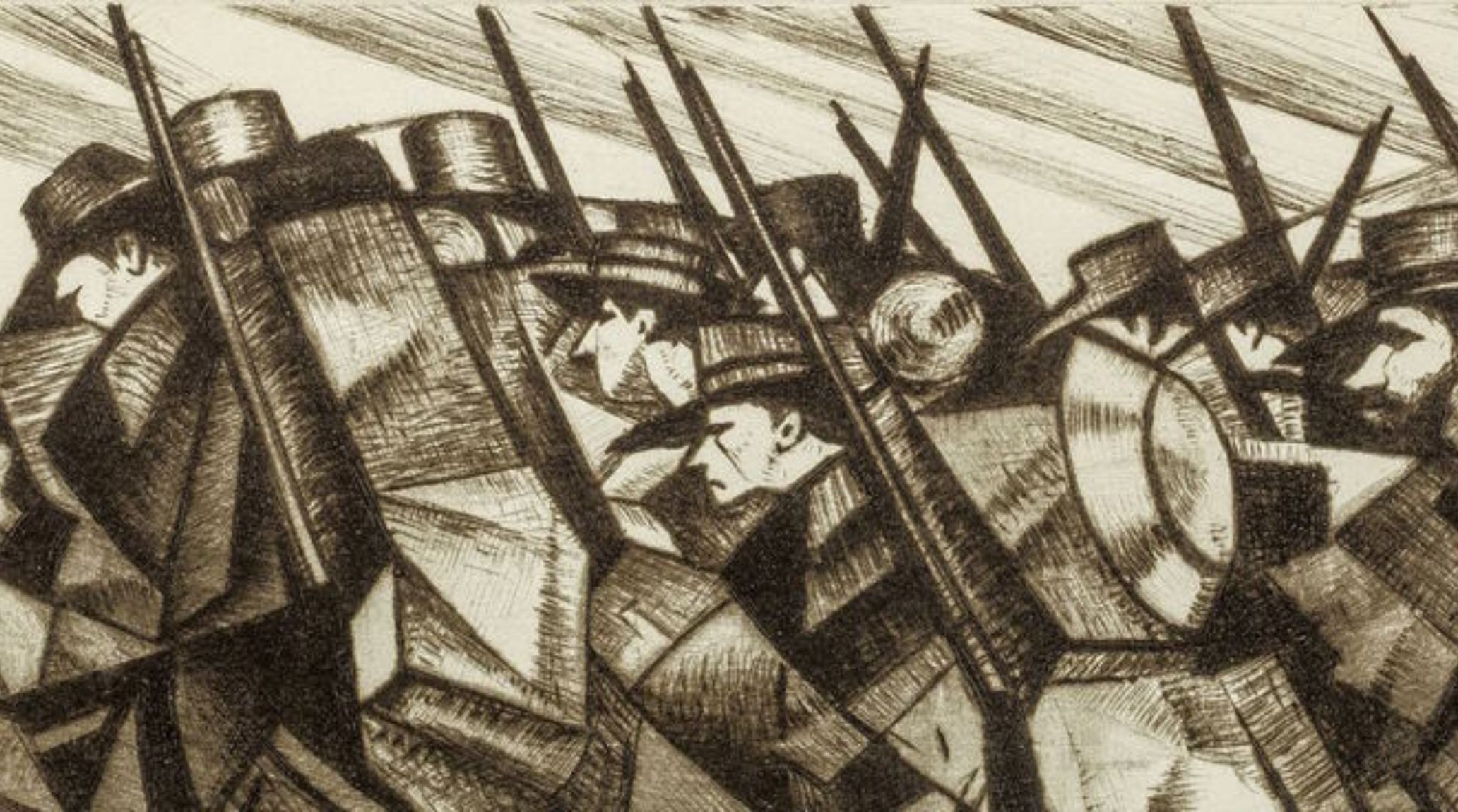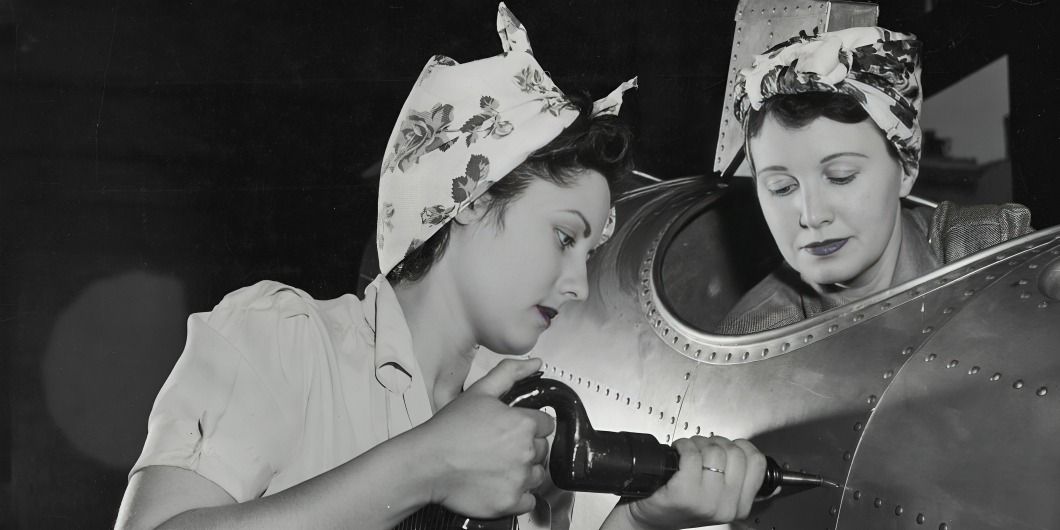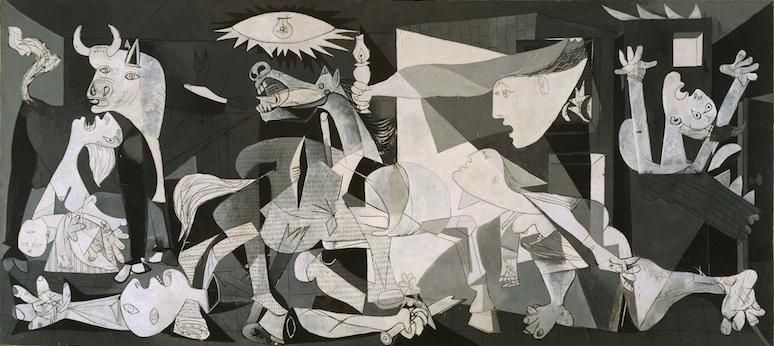
“
The Influence of WWII on Art and Culture is undeniable, shaping creative expressions during the war and leaving a lasting legacy in its aftermath. From the rise of wartime propaganda to the emergence of new cultural movements, the war had a profound effect on art, literature, music, and film. This blog highlights 20 fascinating facts that showcase how the Influence of WWII on Art and Culture transformed the global artistic landscape. We will explore how artists and creators adapted to the challenges of the war and how the war’s impact can still be felt in modern cultural expressions.1
1
”
Post-WWII architecture adopted modernist principles, leading to minimalistic designs that symbolized recovery and hope, reflecting the global rebuilding process after the war’s devastation.1
The rise of existentialism in literature and theater after WWII was epitomized by playwrights like Samuel Beckett, whose works explored themes of meaninglessness and human despair in a post-war context.2
Jazz music grew in significance during and after WWII, symbolizing freedom and resilience. Artists like Duke Ellington played a key role in helping the genre become a symbol of cultural resistance. 3
The post-war period saw the flourishing of pop art, with figures like Andy Warhol using commercial imagery to reflect society’s growing consumerism, symbolizing the shift to modern life after the war.4
WWII photojournalism, notably by figures such as Margaret Bourke-White, played a pivotal role in shaping public understanding of the human cost of war, giving people a raw look at the brutality of conflict. 5
Propaganda films like “Why We Fight” were essential during WWII, justifying the war efforts and galvanizing public support, with lasting effects on how war was portrayed in popular media. 6

Women’s roles during WWII expanded significantly, influencing how women were represented in art and film, which contributed to the broader feminist movements in the post-war era.
The cultural significance of the Holocaust was profound, inspiring a new genre of art, literature, and film dedicated to memorializing the horrors of the event and its lasting impact on humanity. 7
WWII’s impact on literature can be seen in works like "The Diary of a Young Girl" and "All Quiet on the Western Front," which focused on the emotional and psychological toll of war.8
The golden age of Hollywood cinema, influenced by WWII, produced iconic films like "Casablanca," which blended romance with the stark realities of war, leaving a lasting impact on the film industry.9
The global spread of American culture was accelerated during WWII, as American soldiers and media introduced new forms of music, film, and fashion to other parts of the world, shaping modern cultural identity. 10

Photography emerged as a powerful form of artistic expression during WWII, with images capturing both the devastation and hope that defined the war, influencing how people viewed and remembered the conflict.
Dadaism and Surrealism, movements rooted in post-WWI disillusionment, gained renewed prominence after WWII, as artists used absurd and dreamlike imagery to reflect the irrationality of the conflict. 11
WWII had a lasting influence on European art, particularly in Paris, where artists from around the world gathered to rebuild and reshape the cultural scene, marking the beginning of a new artistic era. 12
The rise of abstract expressionism in the U.S. following WWII marked a shift in global art, with artists like Jackson Pollock leading the movement that became synonymous with American post-war culture. 13
WWII’s aftermath contributed to the cultural shifts that led to the civil rights and feminist movements, inspiring art that directly addressed issues of race, gender, and equality in society. 14
WWII's devastation led to the creation of war memorials, often using abstract art to commemorate those who lost their lives, shifting how societies approached remembrance and collective grief. 15

The trauma of WWII spurred the growth of both surrealism and abstraction, as artists struggled to depict the chaos and human suffering caused by the war in new and innovative ways.
The war’s influence on music was profound, particularly in jazz, as the genre became an important cultural force during and after the war, symbolizing freedom, resistance, and emotional expression. 16
Post-WWII, the role of propaganda in art shifted, influencing how visual media was used to reflect national ideals and the collective psyche, particularly through films and posters that reinforced wartime unity. 17


